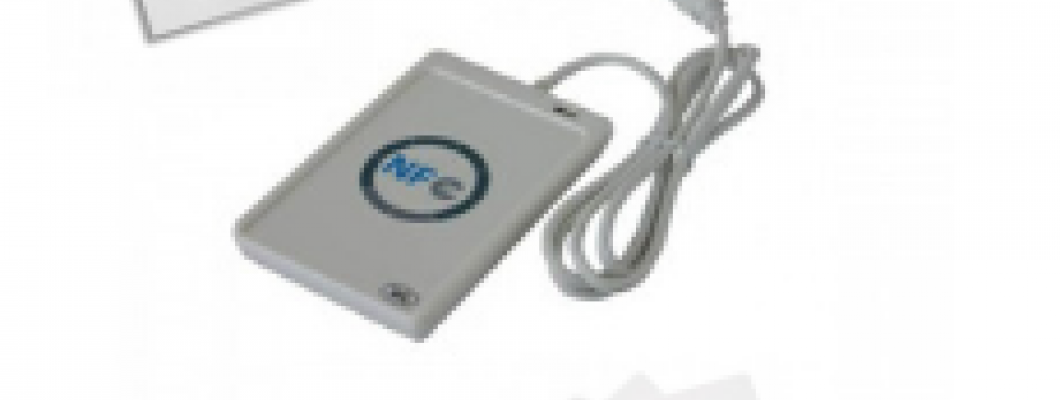
Near
Field Communication (NFC) is a RFID technology, which is a chip of the size of
a sand grain is powered by a reader. However, the difference between RFID and
NFC is that the chip must be brought very close to the reader for it to
operate, usually under 10cm. The field then causes a high speed link between
the reader and the chip for bi-directional data transfer. NFC operates on a
different protocol and stores data in a different way than standard RFID. NFC
chips usually contain more memory than a standard RFID chip. The standard
protocol for NFC is ISO14443A/B.
Frequency
Allocation. NFC operates only at HF (13.56MHz).
NFC
chips are used in mobile payments, smart cards, etc. to ensure no eavesdropping
due to its close proximity. Many mobile phones now support NFC hardware and can
read NFC tags.
NFC tags comes at various configurations. Among the many types of tags, the most popular are the following: Mifare, Ultralight, and NTAG. Mifare Class 1K is one of the most popular chips which can hold 1KB of data in its memory. A compatible chip is Fudan 08 1K. Ultralight is a low price chip with with only 64Bytes memory (46B usable). NTAG series have small usable memory starting from 142Bytes.
HF RFID vs. NFC. RFID uses a different set of
protocols than the NFC. NFC shares the same frequency of HF RFID (13.56MHz),
but communicates with a different protocol. HF RFID uses ISO 15963 standard.
Most NFC readers today can also read ISO 15963 RFID protocol. Whether one
should use HF RFID or NFC depends on the application. If the application is
also written for portable devices like phones and tablets with NFC hardware,
then preferably, using NFC instead of RFID is a better choice. Phones and
portable devices has chosen NFC instead of HF RFID due to the adoption of NFC
by phone manufacturers. HF RFID had been there earlier but never been build
with large amount of memory. NFC memory can have over 1MB. Therefore, NFC can
be used to embed machine readable features in electronic documents.
![]() Types
of Tags. Tags comes in the form of inlays, stickers, cards, wristband,
plastic enclosures, etc. Inlays are the most basic form of tags. Inlays are
used in stickers, cards, wristbands and other types. Inlays are wet and dry.
Wet inlays have a sticky back. Dry inlays does not have any glue. Stickers are
used to print labels or barcode. Wristbands are used in hospitals, ticketing,
etc. where the band will be disposed off. PVC Cards are used as ID Cards and
access controls. Some tags have password protection as well as data encryption.
Tags with encryption may be used for some Access Controls, WiFi/Bluetooth
setup, or password card. Some tags have only password protection. Tags without
any protection are low cost and used extensively in volume applications.
Types
of Tags. Tags comes in the form of inlays, stickers, cards, wristband,
plastic enclosures, etc. Inlays are the most basic form of tags. Inlays are
used in stickers, cards, wristbands and other types. Inlays are wet and dry.
Wet inlays have a sticky back. Dry inlays does not have any glue. Stickers are
used to print labels or barcode. Wristbands are used in hospitals, ticketing,
etc. where the band will be disposed off. PVC Cards are used as ID Cards and
access controls. Some tags have password protection as well as data encryption.
Tags with encryption may be used for some Access Controls, WiFi/Bluetooth
setup, or password card. Some tags have only password protection. Tags without
any protection are low cost and used extensively in volume applications.
Chip Properties
|
|
Frequency |
Properties |
|||||||
|
Speed |
Encryption |
Usable
Memory |
Price |
Standard |
Password |
Chips |
Mfg |
||
|
1 |
Ultralight |
106kbps |
No |
46B |
Low |
ISO14443A |
No |
CU |
NXP |
|
2 |
NTAG 210 |
106kbps |
No |
48B |
Low |
ISO14443A |
Yes |
NTAG21X |
NXP |
|
3 |
ICODE SLI-X |
53kbps |
No |
106B |
Low |
ISO15693 |
Yes |
ICODE |
NXP |
|
4 |
NTAG 203 |
106kbps |
No |
142B |
Medium |
ISO14443A |
No |
NTAG20X |
NXP |
|
5 |
NTAG 213 |
106kbps |
No |
144B |
Medium |
ISO14443A |
Yes |
NTAG21X |
NXP |
|
6 |
Kovio 2K |
106kbps |
No |
230B |
Medium |
ISO14443A |
No |
|
KOVIO |
|
7 |
Topaz 512 |
106Kbps |
No |
454B |
High |
ISO14443A |
No |
T50 |
INNO |
|
8 |
Mifare 1K |
106kbps |
Yes |
716B |
Medium |
ISO14443A |
Yes |
S50 |
NXP |
|
9 |
Fudan 08 1K |
106kbps |
Yes |
716B |
Low |
ISO14443A |
Yes |
F08 |
FUDAN |
|
10 |
NTAG 216 |
106kbps |
No |
888B |
Medium |
ISO14443A |
Yes |
NTAG21X |
NXP |
|
11 |
DESFire EV1 2K |
106kbps |
Yes |
2046B |
High |
ISO14443A |
Yes |
CD210 |
NXP |
|
12 |
Mifare 4K |
106kbps |
Yes |
3440B |
High |
ISO14443A |
Yes |
S70 |
NXP |
|
13 |
DESFire EV1 4K |
106kbps |
Yes |
4094B |
High |
ISO14443A |
Yes |
CD810 |
NXP |
|
14 |
DESFire EV1 8K |
106kbps |
Yes |
7678B |
High |
ISO14443A |
Yes |
CD410 |
NXP |
Applications
and Tag Use
|
|
Applications |
NFC Chips |
|||||
|
DESFire 8k |
Mifare/ DESFire 2K-4K |
Mifare Fudan 1K NTAG216 |
Topaz NTAG 203, 213 KOVIO |
ICODE SLI-X |
Ultralight NTAG 210 |
||
|
1 |
Machine
Readable Document |
✽ |
✽ |
|
|
|
|
|
2 |
Attendance |
|
|
|
|
✽ |
✽ |
|
3 |
Hospital
Patients |
|
|
✽ |
✽ |
|
|
|
4 |
Hospital
Newborns |
|
✽ |
✽ |
|
|
|
|
5 |
Ticketing |
|
|
|
✽ |
✽ |
✽ |
|
6 |
Warranty
Card |
|
|
|
|
|
|
|
7 |
Door
Locks |
|
|
✽ |
✽ |
|
|
|
8 |
Retail
Tag |
|
|
|
|
✽ |
✽ |
|
9 |
Inventory
Control |
|
|
|
|
✽ |
✽ |
|
10 |
Library |
|
|
|
|
✽ |
✽ |
|
11 |
Animal
& Pet Applications |
|
|
|
✽ |
|
|
|
12 |
Wild
Life Preservation |
✽ |
✽ |
✽ |
|
|
|
|
13 |
Electronic
Barcode |
|
|
|
|
✽ |
✽ |
|
14 |
URL
Encoding |
|
|
|
|
|
✽ |
|
15 |
NFC
vCard |
|
|
✽ |
✽ |
|
|
|
16 |
Mobile
App Launcher |
|
|
|
✽ |
|
✽ |
|
17 |
Data
/w Image |
✽ |
✽ |
✽ |
|
|
|
|
18 |
Data
Privacy with Password |
✽ |
✽ |
✽ |
|
|
|
|
19 |
Data
Encryption |
✽ |
✽ |
✽ |
|
|
|
|
20 |
EAS
Security |
|
|
|
|
✽ |
✽ |


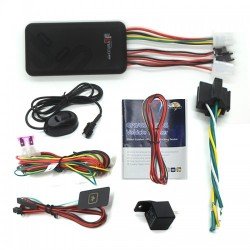
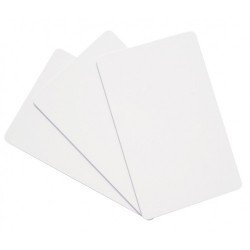
-751x500-250x250w.jpg)
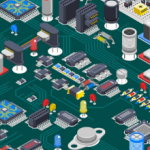

-150x150h.jpg)
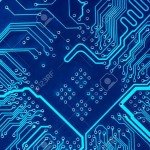


-150x150w.png)

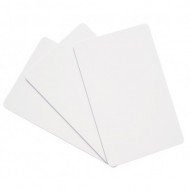
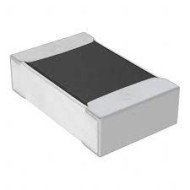

-751x500-190x190w.jpg)
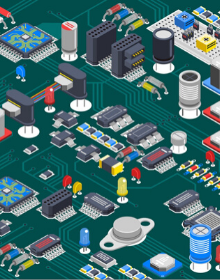
6
1
1
1
1
1
1
1
1
1
1
1
1
1
1
1
1
1
1
1
1